|
DAVID J. BOMBA’s (Production Designer) designs include
the Louisiana atmosphere for Callie Khouri's Divine Secrets of
the Ya-Ya Sisterhood; an eccentric Texas ranch for Tim McCanlies
Secondhand Lions; and the 19th century Cuban environs for Original
Sin, directed by Michael Cristofer, which was filmed entirely
in Mexico, among others. He also teamed with Cristofer on the
acclaimed HBO production, Gia, for which Bomba was nominated
for an Art Directors Guild Award. Most recently he worked with
director Luke Wilson on The Wendell Baker Story. Bomba also designed
the adaptation of Willie Morris' Mississippi childhood memoirs,
My Dog Skip. He has served as production designer on such independent
films as Scenes from Everyday Life, Mind Twister and Todd Haynes'
Safe.
As an art director, Bomba earned attention through his work on
Ron Howard's acclaimed Apollo 13, Steven Zaillian's A Civil Action
and Robert Benton's Twilight. Other art direction credits include
Bruce Beresford's Silent Fall, John Waters' Serial Mom, He Said,
She Said, as well as Chain Reaction, Cool World, Mother's Boys,
The Adventures of Huck Finn, The Gun in Betty Lou's Handbag,
Miracle in the Wilderness and John Schlesinger's Eye for an Eye.
Bomba talks about production design for “Walk the Line”:
http://www.writingstudio.co.za/page905.html
Production Designer David Bomba began his work by reading Cash’s
autobiographies. “As a designer, I wanted to convey the
subtleties of the man,” he says. “One of the things
I found really compelling is that his story is of one of self
forgiveness. I see it as a young man’s journey through
the peaks and valleys of success, finally accepting who he is
through the love of another. So I worked to enhance these ideas
through the film’s atmosphere.”
For further inspiration,
Bomba visited several of Johnny Cash’s
former homes, including his childhood house in Dyess, Arkansas
and what became known as “the roundhouse” in Hendersonville,
Tennessee. “It was amazing to visit the places he had lived
and from there, pull as much of the reality of his life as we
could,” says Bomba. “One of the things we really
wanted was to contrast his two lives – one that was very
much from the earth and the natural world of Arkansas and Tennessee,
and the other that was in the electrical, amplified, fast-moving
universe of rock music.”
Most of the film was shot on location
in Arkansas, Memphis and Nashville. “There’s nothing
like being able to shoot in a location that perfectly evokes
a certain time and place,” says
Cathy Konrad. “This is a film that really calls out for
the essence of a place.”
Bomba created 90 different sets
for the film, from the Cash and Carter houses to the venues
across the nation where Johnny Cash
toured with Elvis Presley, Carl Perkins, Jerry Lee Lewis, Waylon
Jennings and June Carter. In one of his most unusual transformations,
Bomba’s team turned a 15 year-old casino in Tunica, Mississippi
into the once-luxurious but now defunct Mint Hotel in Las Vegas. “There
is a progression through Johnny’s musical life where you
move from more primitive venues like gymnasiums and armory buildings,
moving into nicer theatres and then on to Vegas and Nashville.
It was challenging and exciting to try to keep it all very real
and true to the times.”
Throughout the filming, Bomba used
as many actual locations as possible. The authenticity of the
film’s design extended
even to the instruments used and the amplifiers that appear on
stage. “I’m from the South and it was great working
there because it’s a place that holds onto its history.
You can go into Memphis and still find a sense of what things
were like 50 years ago,” he notes. “For me, it’s
been a lot fun using actual locations and trying to take them
back to a time when things had more of a hip vibe to them.”
For
the film’s climactic scenes in Folsom Prison, Bomba
relied on photographs and documentary footage to recreate the
thrilling ambience of a rock concert unfolding in the confines
of one of America’s most notorious penitentiaries. Says
Producer James Keach: “The Folsom Prison scene was really
exciting because David re-created it exactly as it looked then,
from the stage to the paint to backdrop and it’s very cool
because it really convinces you that you’re there.”
Keach continues: “I think David did a brilliant job on
this film. You can take inspiration from pictures, newsreels,
museums, books, etcetera, but it’s something else to be
able to get the audience to look at this world and really feel
they’re inside it, that they’re experiencing it as
it happens, and we’re taking them into Johnny Cash’s
reality.
| |
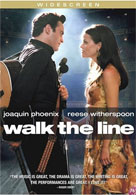
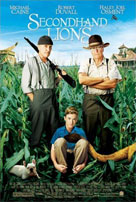
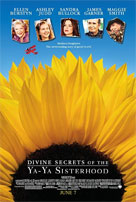
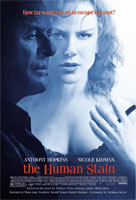
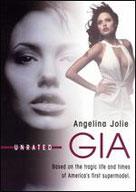
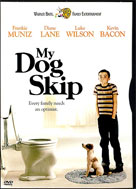 Some
of the films Bomba has worked on Some
of the films Bomba has worked on
|

